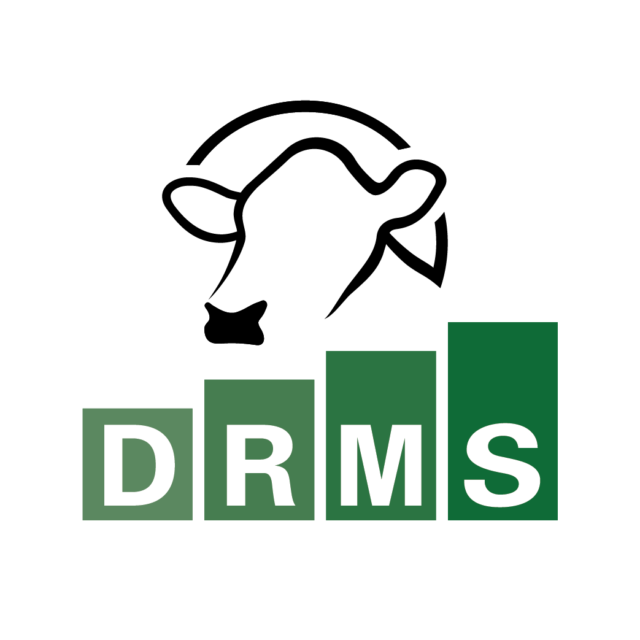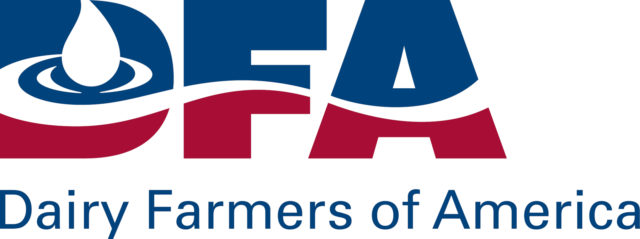Editor’s note: The following news summaries highlight activity by groups that are interested in and working toward dairy reform. Dairy Industry Advisory Committee passes policy reform recommendations on to USDA Secretary of Agriculture The member advisory committee that has been studying needed change in the dairy industry for nearly a year met for the last time in March to review and recommend proposed policy changes to improve producer profitability. The committee’s final report contained 23 recommendations to help address dairy farm profitability and milk prices.
The committee, consisting of 17 members appointed by the U.S. Secretary of Agriculture, was chartered to review farm milk price volatility and dairy farmer profitability and to provide Secretary Vilsack with recommendations on how the USDA can best address these issues to meet the dairy industry’s needs, both short-term and long-term.
Committee members also provided feedback on how actions taken by the USDA in 2009 have affected the dairy industry.
The committee’s findings will be published by early April.
NMPF announces proposed changes to FMMO, publishes report in response to IDFA study
The National Milk Producers Federation recently published its plan for a series of major reforms in the Federal Milk Marketing Order program, intended to renovate the economic structure of the U.S. dairy sector. The changes will be included in NMPF’s Foundation for the Future program. The proposal would:
• Replace end product pricing formulas with a competitive milk pricing system
• Incorporate two classes of milk – fluid (Class I) and manufacturing (formerly Class II, III and IV product uses)
• Maintain the higher of for establishing the fluid use (Class I) minimum base price
• Maintain current Class I regional differentials
• Maintain the number and basic structure and provisions of Federal Orders
NMPF also recently published its own report calling attention to what it calls inaccuracies in data recently published in an IDFA-sponsored economic analysis of the Dairy Market Stabilization Program (DMSP).
The proposed market-triggered supply management program is included in NMPF’s Foundation for the Future proposal.
NMPF says the study completed by Informa Economics did not accurately calculate the duration DMSP would have been active in 2009 nor the economic impact of the program on producers.
NMPF says the analysis omitted the upward price effect of provisions in DMSP to purchase excess product using dollars withheld from producers’ milk checks for overbase milk production.
Those provisions, the new NMPF report claims, would have raised milk prices more quickly and would have shortened the duration that penalties for overbase milk production would have been imposed in 2009 to three months’ time instead of nine, as claimed by the IDFA-sponsored report.
Grassroots coalition proposes its own plan for dairy reform
The Dairy Policy Action Coalition (DPAC) recently announced intentions to write its own plan for dairy policy reform. The coalition of dairy producers from Pennsylvania, Ohio, New York, North Carolina, Tennessee, Indiana and Wisconsin has announced that its plan will be called Cornerstones for Change.
The proposal currently includes three items for reform that it claims would improve market transparency and expand price discovery, simplify the milk pricing system and redistribute some price risk away from producers.
Senator announces dairy policy reform agenda
U.S. Sen. Kirsten Gillibrand (D-NY) recently announced her own comprehensive plan to provide price support for dairy farmers. In revealing the plan, Gillibrand expressed the need for Congress to act now, rather than wait for the 2012 Farm Bill to help her state’s dairy producers.
Gillibrand’s agenda included five recommendations.
Prevent cuts to the MILC Program: Gillibrand is against funding cuts to the MILC program. Scheduled cuts beginning in September of 2012 would decrease the MILC reimbursement rate from 45 percent to 35 percent of the difference between the $16.94 safety net trigger price and the actual Class 1 Boston price.
Increase competitiveness of dairy pricing measures: In order to better price milk, Gillibrand proposes the USDA review and publish data on alternative measures of dairy pricing, such as competitive pay pricing. This type of system would base the price of milk on a survey of prices paid to farmers for milk used in cheese production in a competitive market.
In noncompetitive areas, the existing Federal Milk Marketing Order (FMMO) system would take effect; however, the competitive pay pricing system would establish base prices.
Lower somatic cell counts (SCC): Gillibrand calls for lowering the legal SCC limit from 750,000 to 400,000 in order to increase milk quality and bolster dairy exports.
Cold storage inventory reporting: Because inventories of certain classified cheeses can influence trading activity on the Chicago Mercantile Exchange, Gillibrand is introducing legislation to making it mandatory for cold storage facilities to report inventories to the USDA NASS (National Agricultural Statistics Service). The USDA would then have the authority to audit warehouse inventories.
Increased transparency: Sen. Gillibrand will also introduce the “Democracy for Dairy Producers Act,” which is aimed at creating more transparency within dairy cooperatives by establishing an information clearinghouse among milk marketing orders that would provide information about any proposed milk market order reforms.
That information would be published to a website and distributed to producers via fax, e-mail or U.S. mail lists. PD
—Reports compiled by Progressive Dairyman staff from original reporting and news releases from NMPF, the USDA Farm Service Agency and the Office of Sen. Gillibrand





